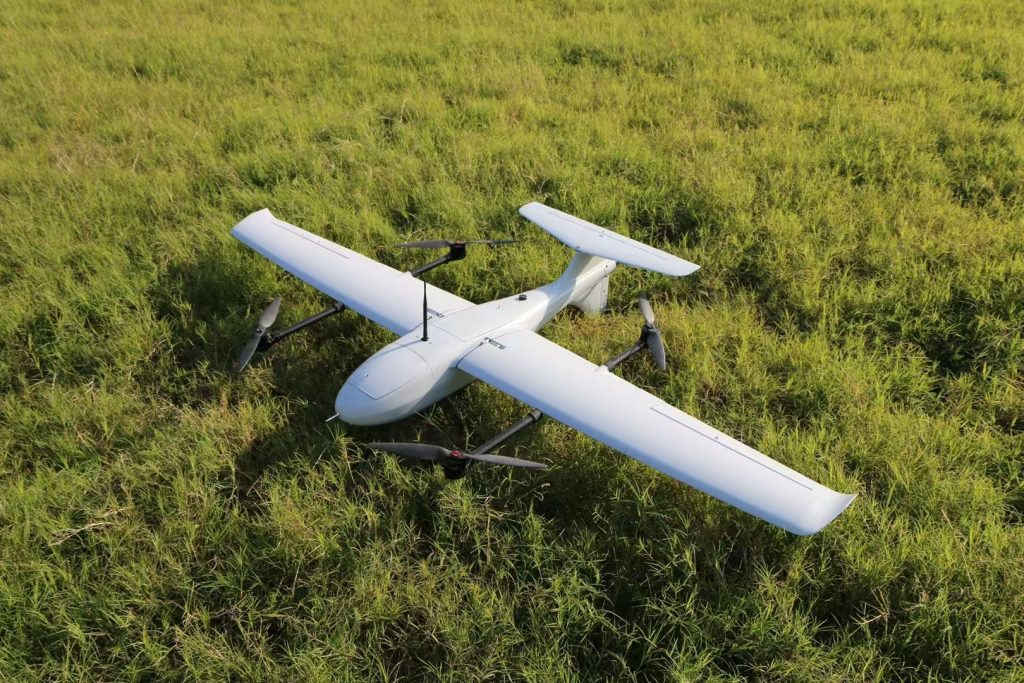
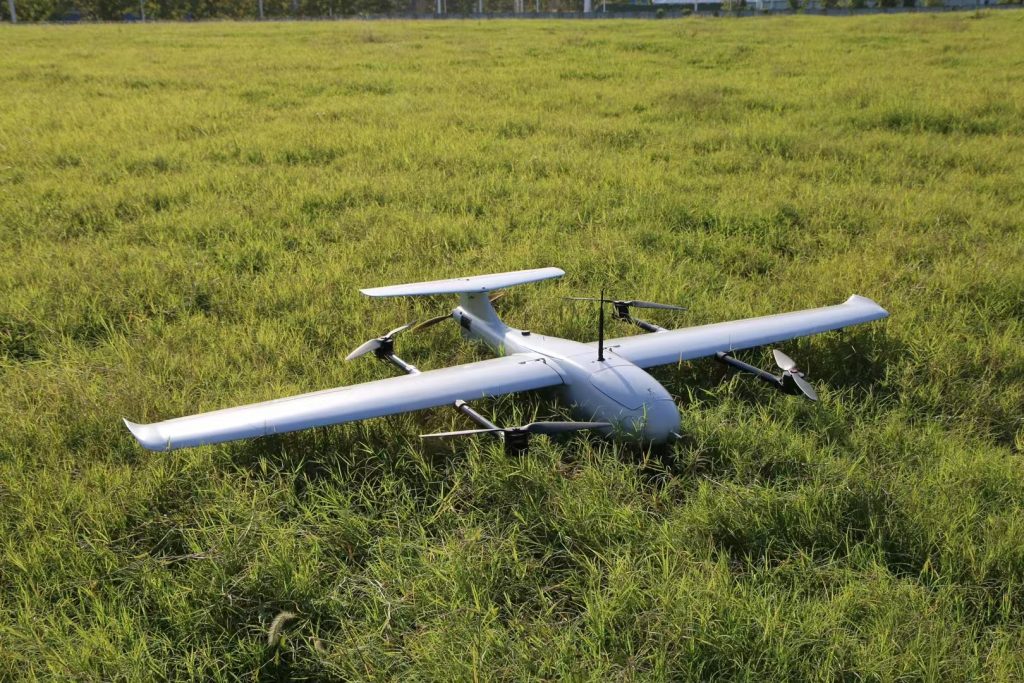
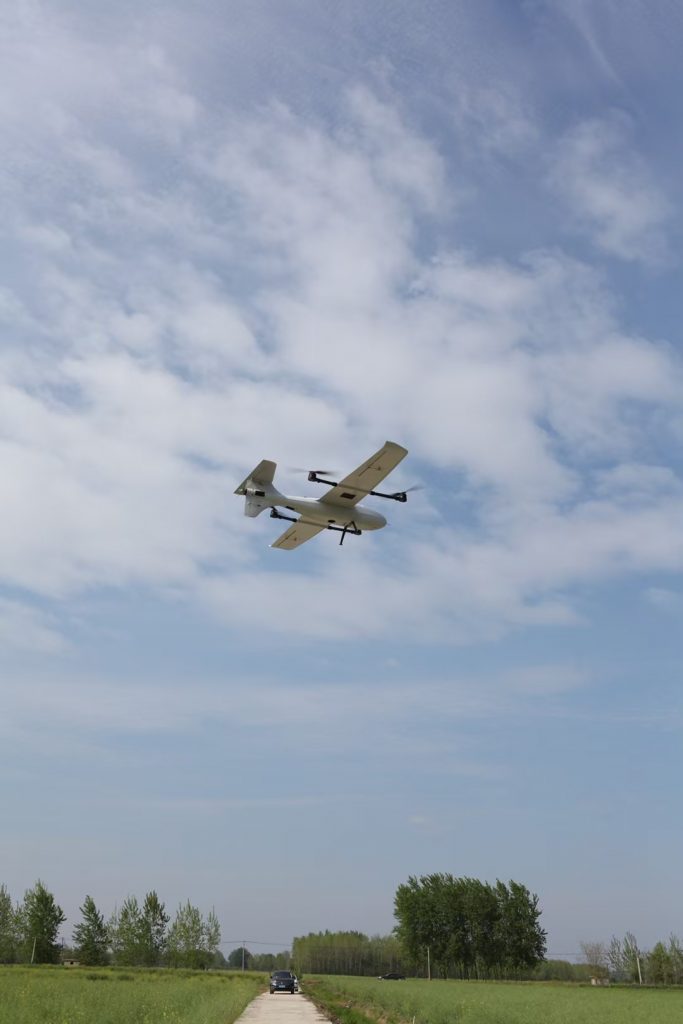
Japan, known for its innovation and technological advancement, is now applying that same spirit to agriculture. Facing a rapidly aging farming population, labor shortages, and the urgent need for sustainable food production, Japan is increasingly adopting agricultural drones to modernize its farming systems.
These intelligent aerial machines are transforming how Japanese farmers manage crops—offering solutions that are fast, precise, and eco-friendly.
🇯🇵 Why Agricultural Drones Are Gaining Popularity in Japan
Despite its small land area, Japan has a diverse agricultural landscape—ranging from rice paddies and vegetable plots to tea plantations and fruit orchards. However, many farms are operated by elderly farmers, and rural regions face chronic labor shortages. Drone technology offers practical solutions to these growing challenges:
- Reduced need for manual labor
- Efficient pesticide and fertilizer application
- Improved yield through precision treatment
- Better crop monitoring and disease prevention
As Japan pushes forward with smart agriculture (スマート農業), drone technology plays a central role in reshaping the country’s food production systems.
🚁 What Can Agricultural Drones Do?
Modern agricultural drones offer a wide range of features tailored to Japan’s needs:
- Crop spraying: Apply pesticides or liquid fertilizers evenly over crops, even in narrow or mountainous fields.
- Aerial monitoring: Capture high-resolution images to detect pest outbreaks, nutrient deficiencies, or crop stress.
- Seeding and fertilizer spreading: Efficiently broadcast seeds or granules over prepared land.
- Mapping and planning: Generate 2D and 3D field maps for planting and irrigation planning.
These functions help reduce waste, improve timing, and allow data-driven decisions.
🌾 Best Use Cases for Drones in Japanese Agriculture
| Crop Type | Application |
|---|---|
| Rice | Spraying herbicides and foliar nutrients |
| Tea | Monitoring leaf quality and applying organic treatments |
| Fruits (e.g. apples, grapes) | Spot spraying and bloom monitoring |
| Vegetables | Soil moisture mapping and pest detection |
| Wheat and Barley | Nutrient spreading and growth analysis |
🛠️ Key Features to Consider in a Drone for the Japanese Market
When introducing drones to Japanese farms, it’s important that they are:
- Compact and lightweight – Easy to carry through narrow village roads and small plots
- Weather-resistant – Able to operate in humid, rainy, and windy environments
- Quiet operation – Important for residential or suburban farming areas
- Multilingual software – Interfaces in Japanese and English improve usability
- Easy maintenance – Spare parts and support available locally
📉 Addressing Japan’s Aging Farming Workforce
According to Japan’s Ministry of Agriculture, over 65% of Japanese farmers are above the age of 65. The decreasing number of young farmers makes automation not just helpful—but necessary.
Agricultural drones can reduce the physical burden of spraying and monitoring, allowing older farmers to continue working more efficiently and safely. In addition, drone-assisted farming may help attract younger generations back to agriculture, especially when combined with smartphone apps, AI analysis, and IoT solutions.
🌍 Environmental and Economic Benefits
Japan has strong environmental standards, and drone technology supports sustainable agriculture by:
- Reducing chemical runoff
- Lowering fertilizer and pesticide use
- Minimizing soil compaction (no tractors needed)
- Enhancing crop quality through early detection
Economically, drones help lower input costs and increase productivity—both critical for small and medium-sized farms competing in domestic and export markets.
🤝 Opportunities for Distributors and Technology Providers
As demand for smart agriculture equipment rises, Japan presents a growing market for:
- Agricultural drone manufacturers
- Drone-as-a-service providers
- Agri-tech solution distributors
- Training and certification institutions
By offering compact, reliable, and regulation-compliant drone systems, technology providers can tap into Japan’s transformation toward data-driven, efficient farming.
🔮 The Future of Smart Farming in Japan
Japan is already a global leader in robotics and precision machinery. The integration of agricultural drones into mainstream farming marks the next evolution in its farming industry.
With continued support from government initiatives, research institutions, and local cooperatives, agricultural drones will soon become standard tools across rural Japan—helping farmers grow more with less, protect the environment, and build a stronger food future.
Conclusion
The adoption of agricultural drones in Japan is not just a technological shift—it’s a cultural evolution toward smarter, safer, and more sustainable farming. As rural challenges increase, drones offer real solutions that meet Japan’s unique agricultural needs. Whether for spraying, monitoring, or planning, these aerial tools are opening a new chapter in Japanese agriculture.
Smart farming starts in the sky—and Japan is ready to fly.


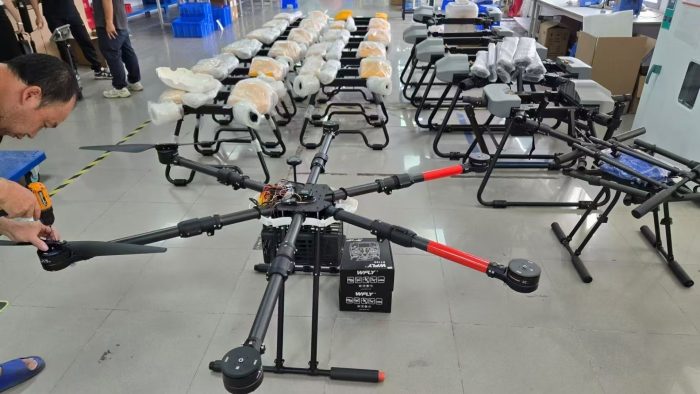

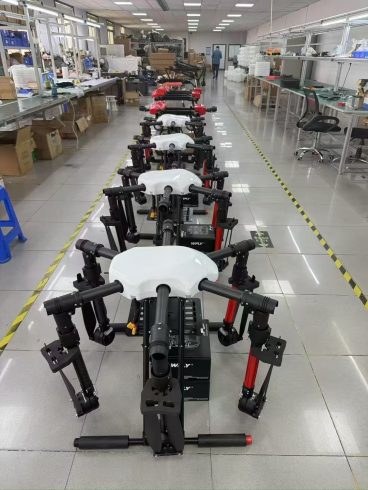
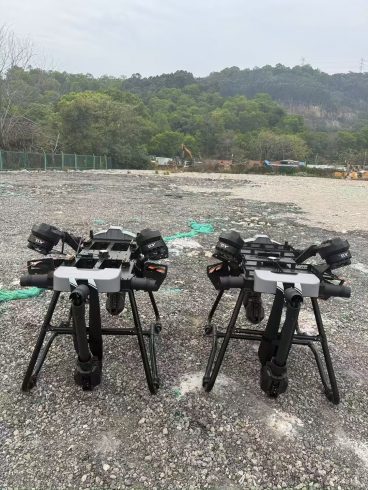
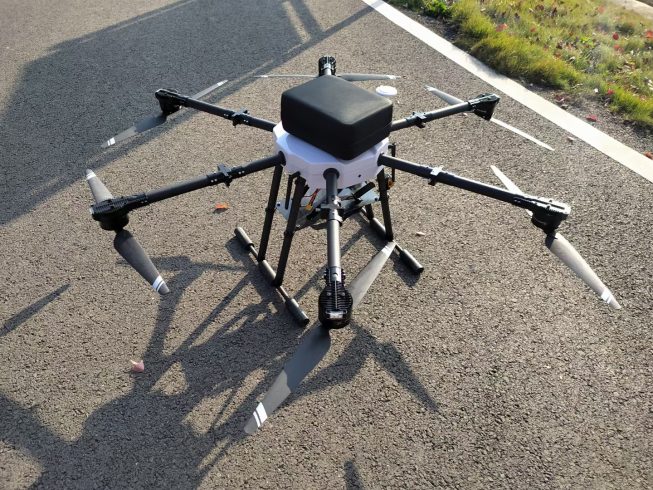
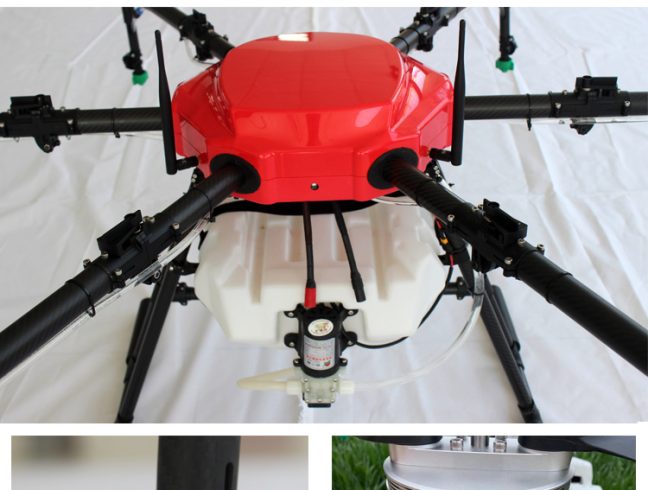

暂无评论内容